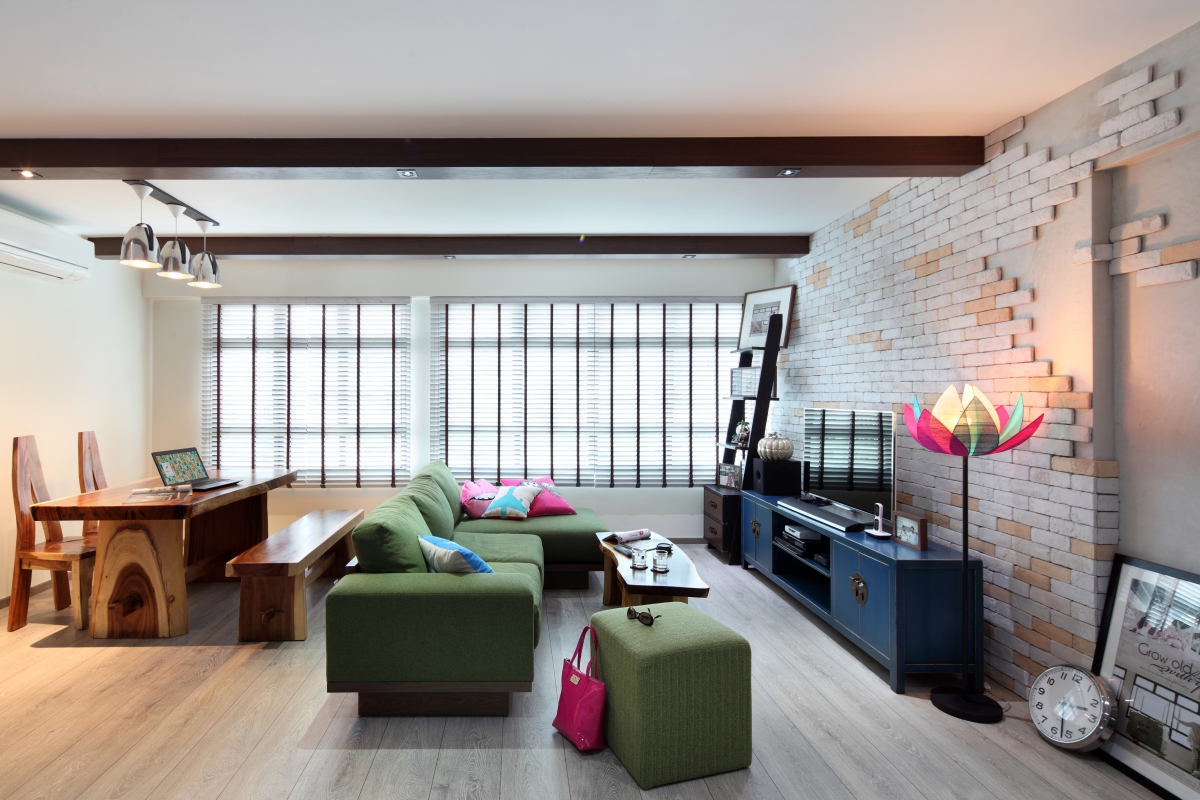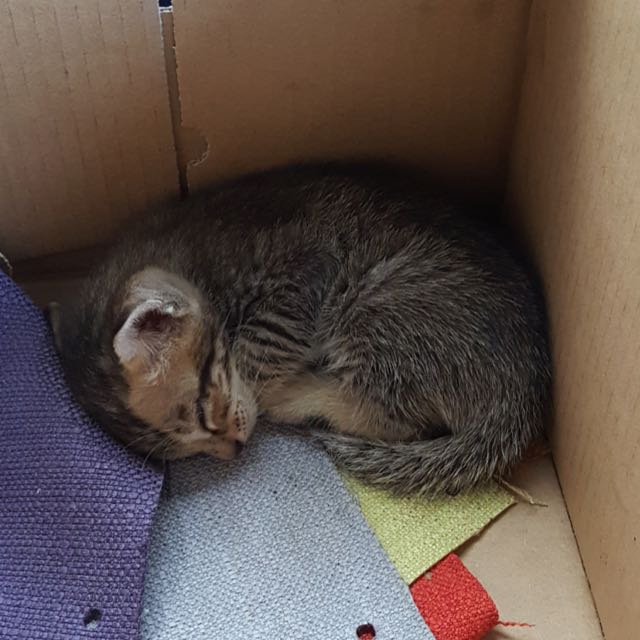The Science Behind Microfibre: How It Keeps Screens and Lenses Spotless
Home Appliances & Tech5 minutes read
3 views
3 views
When you wipe down your phone, glasses, or laptop screen with a microfibre cloth, you might not think twice about how it works. But there’s a lot of science at play. Microfibre cloths are far more than just a convenient way to clean your tech; they are marvels of material science that employ physics and chemistry to achieve spotless results.
Let’s break down exactly why microfibre is so effective at cleaning and how it keeps your screens and lenses in pristine condition.
What Is Microfibre?
At the most basic level, microfibre is a synthetic fibre that is finer than a human hair — much finer, in fact. It’s made from a combination of polyester and polyamide (nylon). The fibres are typically split during manufacturing to create a much smaller diameter than the original fibre, which increases the surface area and makes the cloth extraordinarily absorbent and effective at trapping dirt and moisture.
Scientific Fact:
Microfibre is around 100 times finer than a human hair, allowing it to reach into the microscopic pores and crevices of surfaces, effectively lifting away dust, oils, and smudges.
The Physics of Cleaning
The magic behind microfibre cleaning lies in the structure of the fibres themselves. When split, these fibres create an increased surface area with millions of tiny hooks and loops that act like a magnet for dirt, oils, and grease. This is a process known as “mechanical cleaning.”
Data Point:
According to a study by the Journal of Applied Polymer Science (2009), microfibre cleaning cloths can lift and trap 99% of dirt and bacteria from surfaces, a result far superior to traditional cleaning methods using cotton or paper towels.
How Microfibre Removes Oils and Grease
Cleaning screens and lenses often requires more than just removing dust; oils from fingerprints are a common issue. Microfibre cloths excel here because they don’t just move oils around—they actually absorb and trap them.
The polyester in microfibre is hydrophobic (repels water), while the polyamide is hydrophilic (attracts water). When used with a small amount of moisture, this combination allows the cloth to attract both oils and water-based contaminants, trapping them in the fibres and away from the surface. This makes microfibre particularly effective at cleaning tech screens, which tend to accumulate oils from fingertips.
Study Insight:
A study published in the International Journal of Environmental Research and Public Health (2018) found that microfibre cloths, when used dry or lightly dampened, were more effective than traditional cleaning methods in removing both oil-based and water-based contaminants from surfaces.
Why Microfibre Is Superior for Screens and Lenses
Lenses and screens are delicate, and using the wrong materials to clean them can lead to scratches and surface damage. Microfibre is soft, non-abrasive, and incredibly gentle on these sensitive surfaces.
Its fine fibres trap and lift dirt particles, rather than rubbing them against the surface, which reduces the risk of scratching. This is particularly important for high-end optical lenses and tech devices where maintaining pristine clarity is crucial.
Scientific Quote:
Dr. Diane Smith, a materials scientist at the University of Leeds, explains: “The non-abrasive, ultra-fine fibres of microfibre cloths allow for highly effective cleaning of sensitive surfaces, such as screens and lenses, without causing damage or micro-scratching.”
How Microfibre Traps Dust, Dirt, and Bacteria
While microfibre is excellent for cleaning visible dirt and oil, it’s also effective at picking up microscopic particles. The small fibres trap dirt and bacteria so well that they often outperform traditional cleaning methods in terms of sanitation.
A study published in Environmental Technology (2011) found that microfibre cleaning cloths could remove up to 99% of bacteria from surfaces, significantly more than conventional cleaning cloths (which only remove around 30-40% of bacteria).
Interesting Fact:
Microfibre cloths also help reduce the spread of allergens and dust mites. Studies show that these cloths can reduce allergens in the home by up to 70% when used on surfaces regularly.
The Role of Static Electricity in Cleaning
Microfibre cloths are also effective due to their ability to generate static electricity. The split fibres create a static charge that attracts dirt particles, pulling them off the surface and into the cloth. This makes microfibre particularly effective at cleaning screens and delicate items where a gentle touch is needed.
Scientific Explanation:
The split polyester and polyamide fibres act as tiny “electrostatic traps.” As you wipe a screen or lens, the friction between the fibres and the surface generates a small static charge, which attracts dust and particles, pulling them into the cloth.
The Benefits of Using Microfibre for Tech and Optical Devices
Microfibre cloths offer several advantages over traditional cleaning methods:
- Effective at Cleaning Small Particles: Microfibre’s ability to capture fine particles means it’s perfect for cleaning the small dust and dirt that often builds up on screens and lenses.
- Streak-Free Finish: Thanks to the fine structure of the fibres, microfibre cloths leave no lint, streaks, or residue behind — just a clean, shiny surface.
- No Chemicals Required: Microfibre cloths often work well without any cleaning solutions, making them a safe option for delicate screens and lenses that could be damaged by harsh chemicals.
The Perfect Solution for Pristine Screens and Lenses
The science behind microfibre cloths explains why they’re so effective at keeping screens and lenses spotless. Their ability to trap oils, dirt, bacteria, and even the smallest particles — all while being gentle and non-abrasive — makes them the perfect cleaning tool for your most sensitive devices.
Next time you clean your smartphone or glasses, take a moment to appreciate the impressive science that’s making your devices look their best. And if you're in the market for the most effective way to keep your screens pristine, microfibre is undoubtedly the way to go.
Request for quotes and we'll match you with a selection of Interior Designers!
Previous
Showcase Your Talent: APSDA Awards 2025 Entries Now Open


 Sign Up with Google
Sign Up with Google

.jpg)